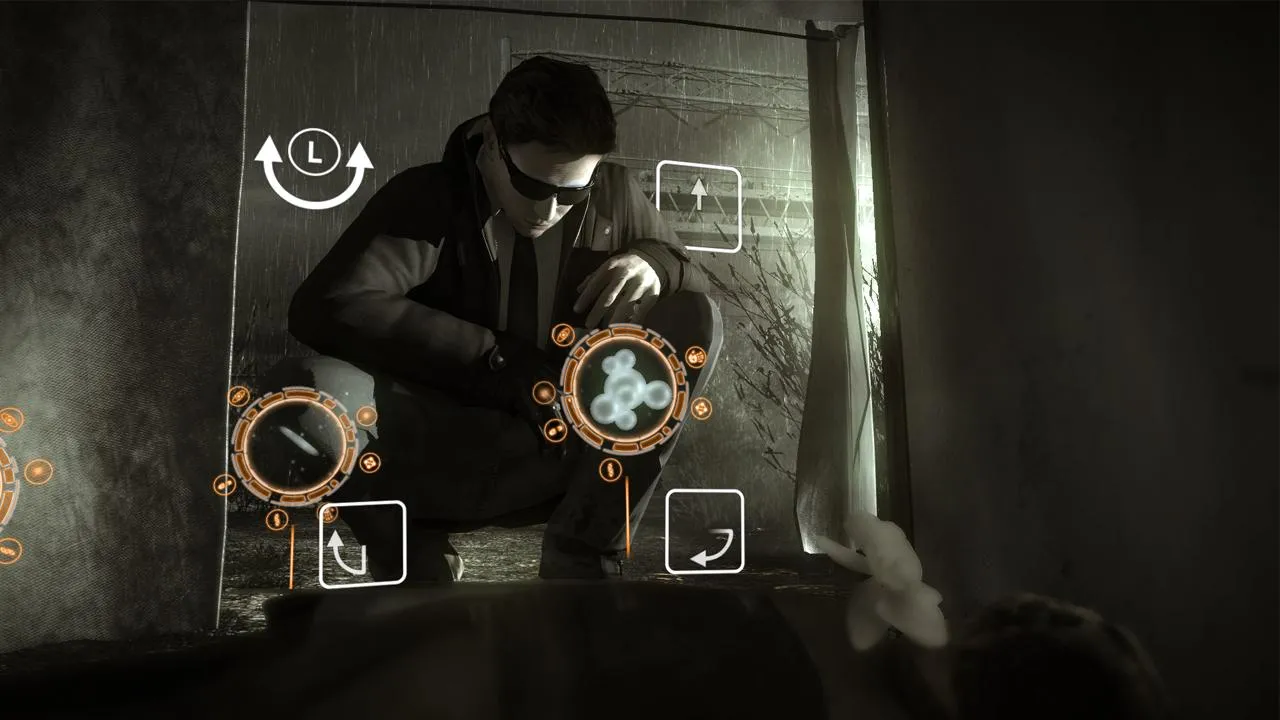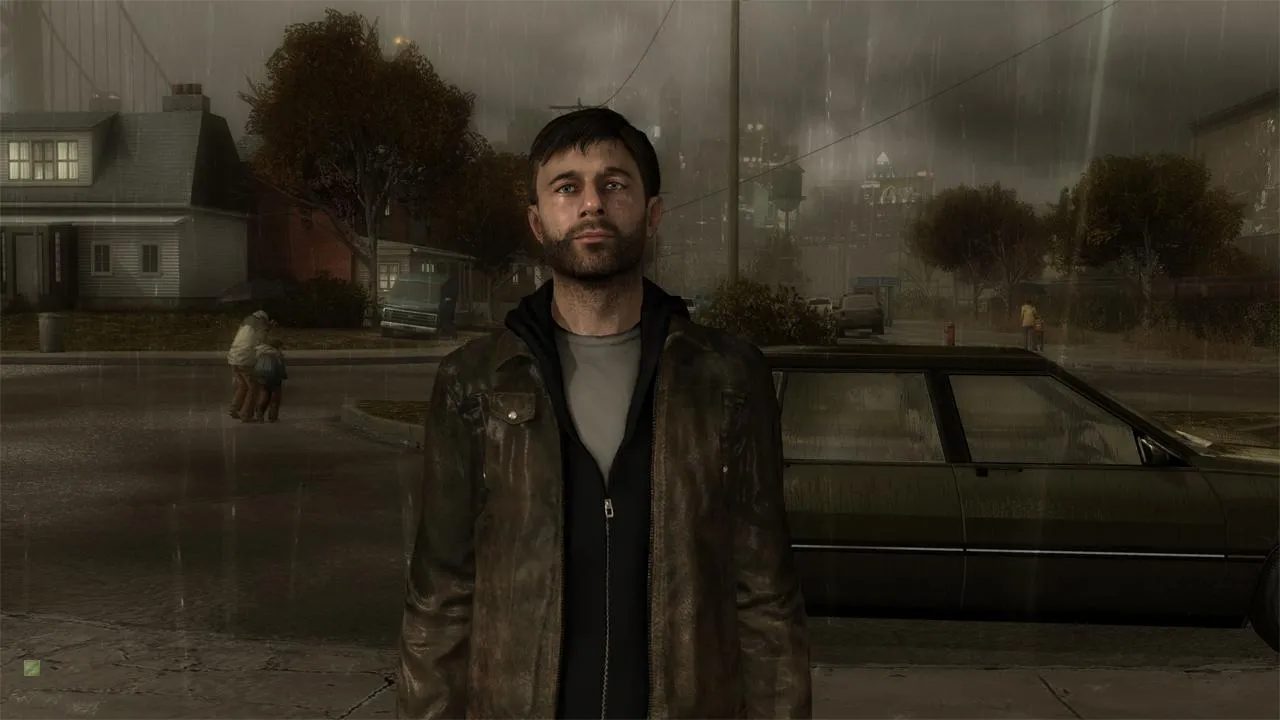
Heavy Rain PS4 Review: A Gripping Thriller, Held Back by Time
Contents
Heavy Rain, the critically acclaimed PS3 thriller, made a splash when it re-released on the PS4. The game’s premise, a desperate father searching for his kidnapped son amidst a string of murders by the “Origami Killer,” remains as compelling as ever. But does this remastered version hold up to modern standards, or is it simply a nostalgic trip down memory lane? Let’s dive into the rain-soaked world of Heavy Rain and find out.
A Narrative Masterpiece
Heavy Rain’s narrative is its strongest suit. The story revolves around four playable characters: Ethan Mars, the tormented father; Madison Paige, an investigative journalist; Norman Jayden, an FBI profiler; and Scott Shelby, a private detective. Each character offers a unique perspective on the unfolding mystery, their paths intertwining as they race against time to uncover the Origami Killer’s identity and save Ethan’s son.
 Heavy Rain – Ethan Mars
Heavy Rain – Ethan Mars
The narrative is masterfully crafted, full of twists and turns that keep players guessing until the very end. Like peeling back the layers of an origami figure, the truth is slowly revealed, piece by tantalizing piece. The game’s dark and somber tone, coupled with its complex characters and morally ambiguous choices, creates a truly immersive and unforgettable experience.
Choice and Consequence: A Double-Edged Sword
Heavy Rain pioneered a gameplay style heavily reliant on Quick Time Events (QTEs) and player choices. These mechanics directly impact the narrative, leading to a branching storyline with multiple endings. Unlike other games where QTEs often feel tacked on, in Heavy Rain, they are integrated seamlessly into the gameplay, heightening the tension and immersing players in the characters’ struggles.
 Heavy Rain – Gameplay
Heavy Rain – Gameplay
The weight of each decision is palpable. A wrong move during a crucial QTE can lead to a character’s death, permanently altering the course of the story. This “butterfly effect” adds a layer of realism and consequence rarely seen in video games. Players are constantly on edge, second-guessing their decisions and fearing the repercussions. This innovative approach to storytelling keeps players engaged and invested in the characters’ fates.
A Visual and Auditory Feast, Showing its Age
Heavy Rain’s atmosphere is as thick and heavy as the rain itself. The game’s muted color palette, dominated by blues and grays, creates a sense of unease and foreboding. The rain effects, while impressive for their time, have not aged as gracefully.
 Heavy Rain – Madison Paige
Heavy Rain – Madison Paige
The character models, especially the main cast, are detailed and expressive, conveying a wide range of emotions. However, the environments and supporting characters show their age, lacking the visual fidelity of more recent titles. The soundtrack, composed by the late Normand Corbeil, perfectly complements the game’s melancholic mood, enhancing the emotional impact of key scenes.
Stumbling in the Rain: Gameplay Quirks
While Heavy Rain’s narrative and atmosphere are captivating, its gameplay mechanics haven’t aged as well. The tank-like controls and unusual camera angles can be frustrating, hindering the exploration of the game’s environments. The limited frame rate and occasional graphical glitches further detract from the overall experience.
 Heavy Rain – Scott Shelby
Heavy Rain – Scott Shelby
Conclusion: A Timeless Narrative, Hampered by Technical Limitations
Heavy Rain remains a powerful and engaging narrative experience. Its innovative approach to storytelling, branching narrative, and impactful choices make it a must-play for fans of interactive dramas. However, its dated visuals and clunky controls may deter some players. While the PS4 remaster offers improved visuals compared to the original, it doesn’t fully address the game’s technical shortcomings. Despite its flaws, Heavy Rain’s gripping story and emotional depth make it a worthwhile experience, a testament to the power of narrative-driven gaming.





Comments (0)